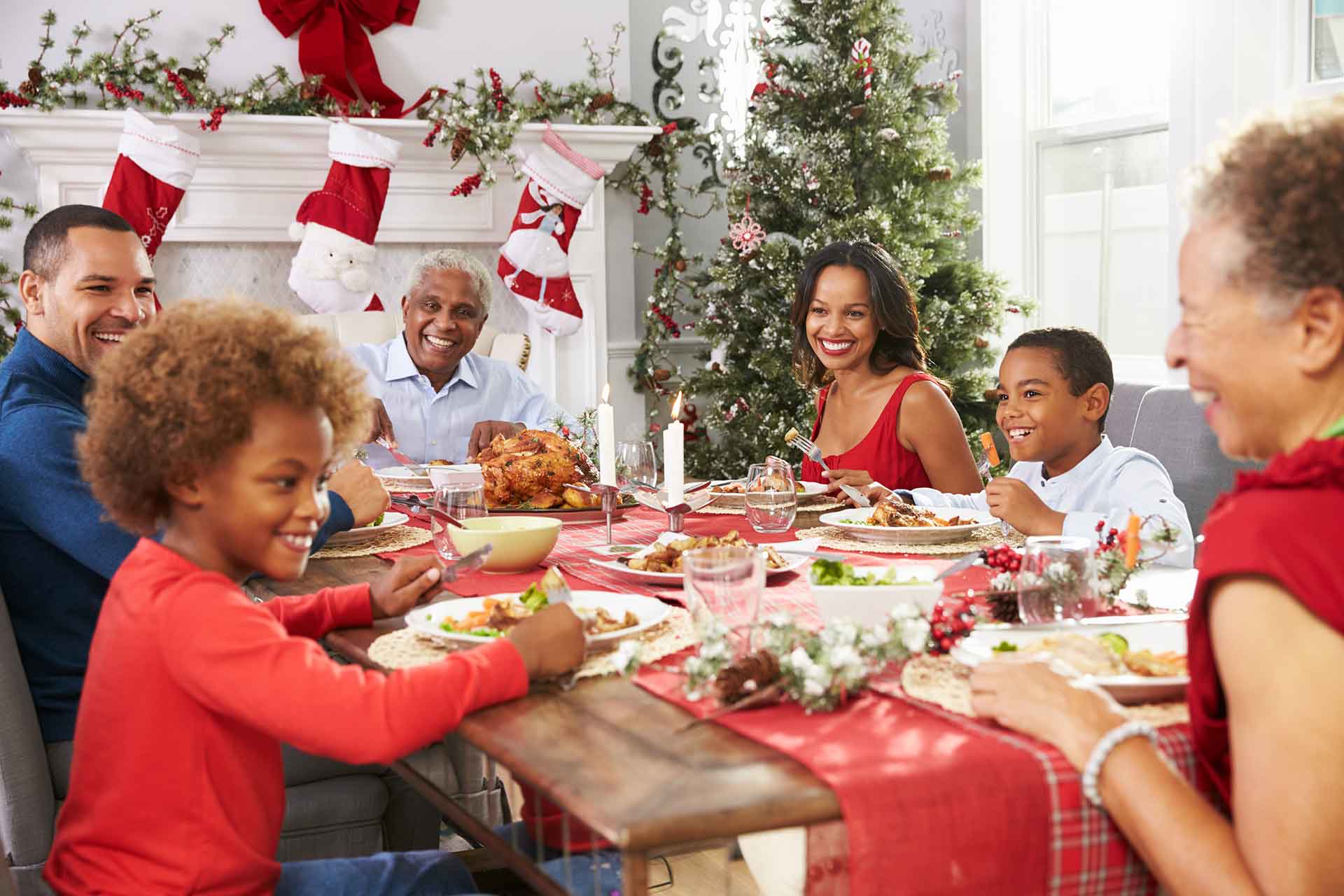By: Stephanie Shabangu, Penfield Children’s Center
With the holiday season upon us, storefronts are aglow with Christmas lights, Hanukkah menorahs and food to help celebrate the winter festivities. While many families who celebrate one religion might gather in their local churches, synagogues and other cultural meeting places, it is also common for interfaith families to celebrate more than one holiday during the season. In fact, a variety of religious and cultural holidays fall in December and January, including Christmas, Hanukkah, Kwanzaa, St. Lucia Day and many more!
Holidays are an important way of teaching children family traditions, honoring values and also provide a time of observance for religious practices. Parents who choose to raise their children in an interfaith family have the added benefit of celebrating two fun holidays and allowing children to learn about more than one culture.
Here are some ideas for keeping dual holiday celebrations meaningful and enjoyable:
- Choose customs from each holiday and explain them through traditional songs and stories. Make sure that both you and your partner choose favorite songs and stories from childhood so that each religion/cultural observance is represented. Set aside a special time each day, whether around the dinner table or before bedtime, to share this part of your beliefs. Children often remember lessons easiest through songs and can understand more complicated ideas and values when told through a story.
- Enjoy displaying symbols from both parents’ beliefs around the house. Find a special place for a Christmas tree and a menorah in the living room and discuss the significance of each. Allow your child to take pride in decorating his own room with pieces of both religions or cultures that make him happy and excited for the upcoming holiday.
- Commemorate each holiday with a separate meal. Instead of combining holiday meal celebrations into one, celebrate each holiday on its given date. This allows children to understand that while each holiday is different, they are both special and unique. Speak to your children about the 7 guiding principles during your Kwanzaa celebration, while enjoying time for candles and prayer during Hanukkah.
- Invite friends and family to share in both holiday festivities. Holidays are usually more fun with people gathered together! Teach others about your customs and allow them to speak about what is important about their holidays. This teaches children about acceptance and the most important parts of every holiday, celebrating love and family!
- Start new traditions as a family. Whether you decide to introduce a pajama hike through the snow on Christmas morning or decorate the tree with Kwanzaa-inspired ornaments, start something new that can be carried on each year.
In addition to celebrating dual holidays during the winter season, it can be a great learning experience for children of all ages to have discussions about holidays around the world throughout the year and can help your child learn about history, different cultures and languages.
What special traditions do you celebrate with your children during the holidays?
http://www.pbs.org/kcts/preciouschildren/diversity/read_celebrating.html
http://www.parents.com/holiday/christmas/traditions/interfaith-holidays/?slideId=27832







